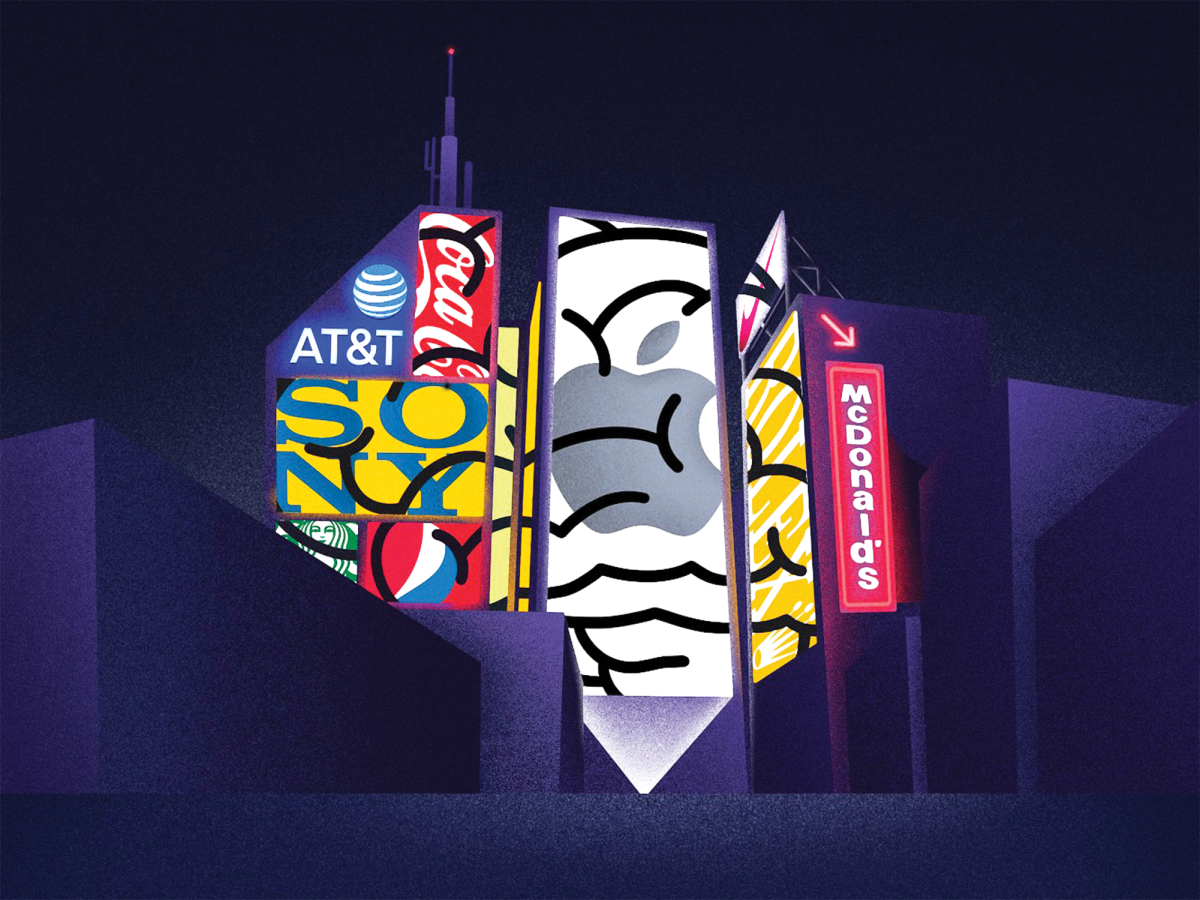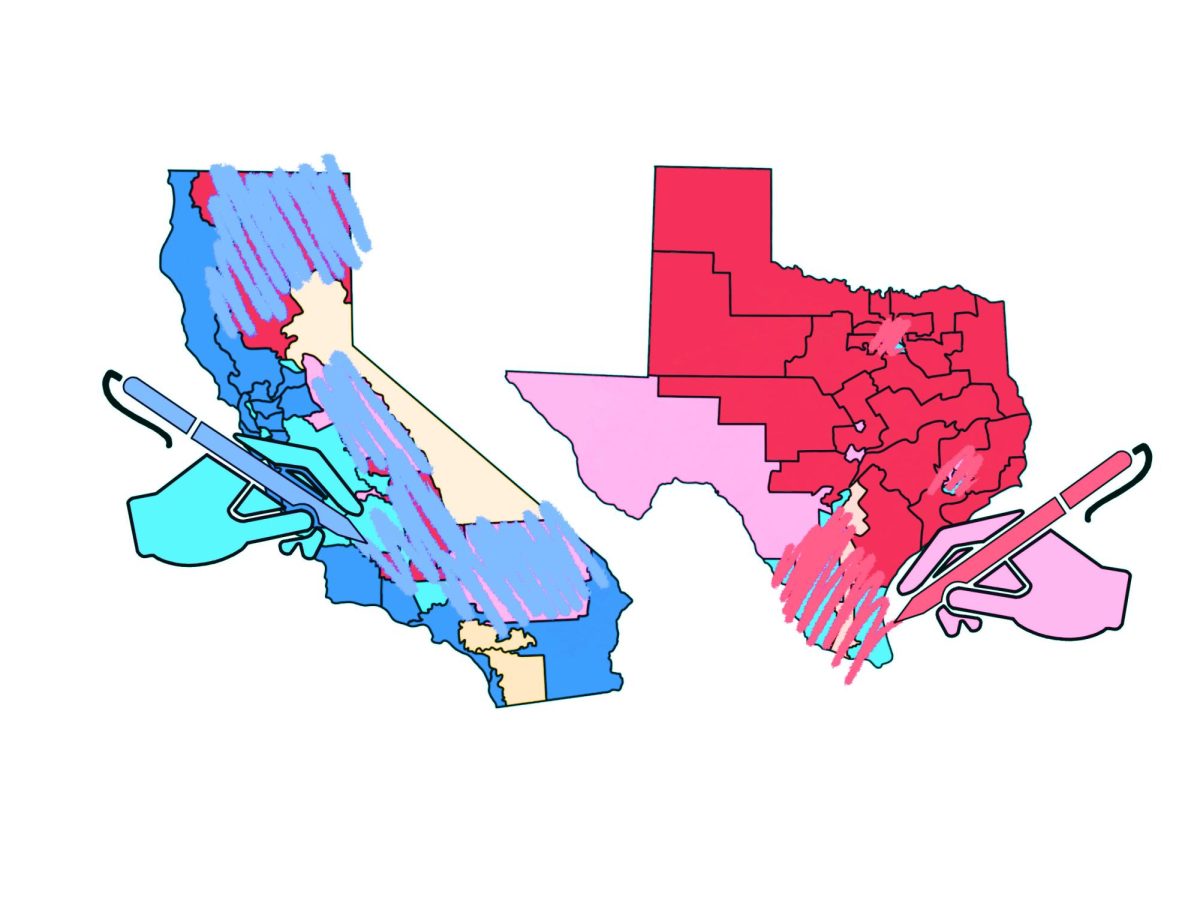“Just do it.”
“I’m lovin’ it.”
“Let’s go places.”
Just three words are enough to completely define and industry’s landscape and send people racing over to buy a product. Those three words alone, however, wouldn’t have made any impact unless it was backed by something that was centuries in the making: advertising.
Since its conception, has evolved from billboards to newspaper ads to mobile banners, and companies today are still finding innovative ways to attract new customers.
The process of creating an ad is multifaceted – the shiny billboards and reels that consumers see are typically the sole survivors of simulations designed to weed down hundreds of proposals into just a couple.
“You have to pretty much out innovate others in terms of the flavors and packaging, because people get bored of old ads,” former PepsiCo – Frito-Lay Marketer Rose Kaur said. “Making a proper ad is a big investment, so a lot of things are tested every step of the way to make sure, ultimately, that the ad you have is appealing to your end consumer.”
Teenagers, in particular, are a prime interest of many companies. Since these younger customers tend to have shorter attention spans than adults, advertisements catered towards them undergo even stricter screening regiments.
“The colors and music of ads, they’re all important,” Kaur said. “You want to make sure your product is extremely appealing to them. “
However, directly advertising to children is becoming more difficult.
“Now, there are a lot of rules and regulations about how you advertise to kids,” Kaur said. “If you do not follow them, or if you get caught, there are penalties.”
Young consumers are also growing more vigilant when it comes to unethical advertising. Advertisements that do not conform to the moral standards of consumers hurt the brand as a whole. As a result, companies work extremely hard to create ads that both appeal to customers and avoid crossing moral barriers.
“If you’re a brand that sources products from unethical practices, consumers will drop your product,” Kaur said. “It’s not just about having a good product. It’s also making sure that the values you say you have are being followed throughout the process.”
However, there are subtle external factors that companies use to draw consumers’ attention. Brands do lots of research to find what excites customers.
“The most effective advertising, especially on social media, is the advertising that doesn’t look, feel or sound like, advertising,” Co-Founder of The Shop Agency David Soames said. “People just really enjoy seeing non-artificial videos on social media, since, to them, it’s uncanny. A lot of our raw content generates more traffic than our polished content.”
Soames’ team uses early advertisements to focus specifically on the customers of different companies and understand their purchase behavior.
“We collect metrics like where do they make their purchases, are they doing it online or are they going in person,” Soames said. “There’s a lot of research that factors in and finding the best spots where we want to hit them, target them, and then we tailor our creative marketing accordingly. When it comes to social media marketing, it’s just constant testing and learning.”
A lot of their data streams comes from their marketing on social media, as companies have access to metrics such as click-through rates and watch-time, making it easier to track individual purchase behavior.
“Social media marketing is arguably one of the most important right now, and that’s because that’s just where the world’s gone,” Soames said. “It also makes it a lot easier for us to judge how much traffic specific posts generate rather than a roadside billboard, which makes taking advantage of the algorithm and getting brands in people’s faces repeatedly a lot easier and less varied to luck.”
But the key to generating a loyal customer base is by adapting content to what they want to buy, and having a face for it.
“Trends change literally every single day, so we’re having to keep your finger on the pulse of what’s current all the time,” Soames said. “And this leads us to the power of influencer marketing. We reach out to influencers all the time to advertise for different clients because, again, people connect with people, so customers are more likely to listen.”
To Soames, products always make their way to the people who want them, and advertising is just a booster for efficiency.
“Even if we market to customers who don’t end up buying our product, their retention still boosts our clients’ brands standing in the algorithm, potentially showing our product to people who would want to buy it,” Soames said. “We just love helping speed up the process. To us, marketing is art.”
Marketers discuss advertisement impacts
September 27, 2024
Categories:
Everyday, we see on average 4,000-10,000 advertisements from a multitude of sources, mostly from social media, according to Yankelovich Market research.
More to Discover
About the Contributors
Andrew Ye, Focus Editor
Michael Chang, Academics Editor








